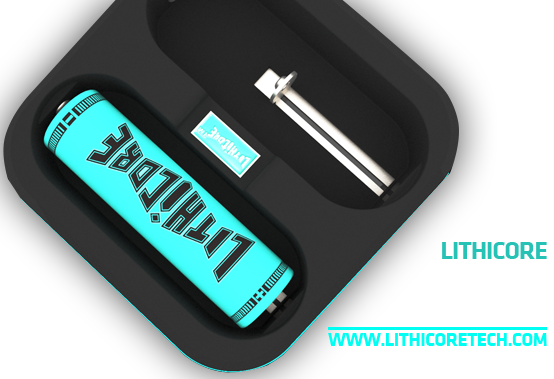

Nicd battery pulse charge specs series#
The associated graphical image facilitates the necessary series resistor value to be determined.Ī horizontal line is drawn through the transformer voltage on the vertical axis until it crosses the specified battery voltage line. The proposed circuit is made up just a transformer, diode rectifier and series resistor as indicated in figure 1. Change in the battery voltage as it charges will likely then have minimal influence on the charge current. This is often accomplished rather easily by charging via a resistor from a supply voltage many times higher than the battery voltage. For optimum life (number of charging cycles) Ni-Cad batteries must be charged with a relatively constant current. This particular simple charger could be constructed with parts that could be seen in just about any constructor's junk container. The negative trigger limit of the Schmitt trigger is around 0.9 V, which happens to be lower than the terminal voltage of even a completely discharged cell. Since the positive activation limit of N1 is approximately 1.7 V and it is controlled by a specific tolerance, R3 and P1 are incorporated to alter it to 1.45 V. The cell now stops charging and also the LED D1 is shut off. Due to this, the positive trigger threshold of N1 rises causing the output of N2 to go high.
Nicd battery pulse charge specs full#
As soon as the cell gets close to the full charge status its terminal voltage climbs to approximately 1.45 V. This level appears to be lower than the positive trigger threshold of N1, which keeps the output of N1 high, and the output of N2 becomes low, enabling T1 to get the base bias voltage through the potential divider R4/R5.Īs long as the Ni-Cd cell gets charged the LED D1 remains illuminated. During the time the cell charges the terminal voltage of the cell is held at around 1.25 V. T1 on the other hand is controlled by a voltage comparator using a TTL Schmitt trigger N1. The cell is charged with a T1 transistor which is configured like a constant current source. Supply voltage for the circuit is acquired from a transformer, bridge rectifier and 5 V IC regulator. The simple configuration detailed here is designed to charge a single 500 mAh 'AA' cell with the recommended charge rate of close to 50 mA, nonetheless it could conveniently be customized cheaply to charge several cells together by repeating the area shown in dotted lines. Allows the user to add more stages for charging up to 10 NiCd cells simultaneously.LED indication for full charge cut off.Constant current throughout the charging.Charging 8 Cells in Series with Auto Cut off.Using 7805 and LED based Constant Current.NiCad Charger Circuit using Auto Current Control.


 0 kommentar(er)
0 kommentar(er)
